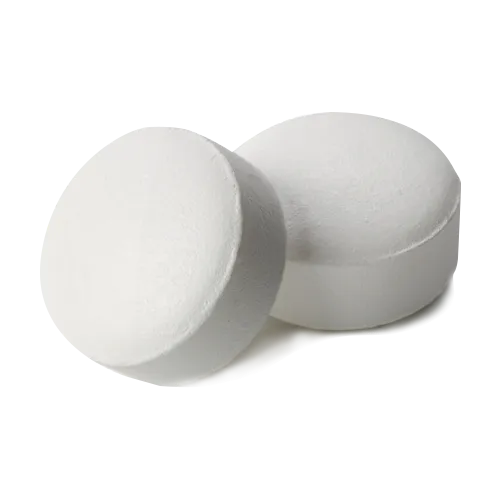Author: Dr. Michael Reynolds, MD
Board-certified Urologist • 22+ years experience • Former Chief of Urology, Mount Sinai Medical Center
What Is Pyridium and What Is It Used For?
Pyridium (phenazopyridine hydrochloride) is a locally acting urinary tract analgesic that provides rapid symptomatic relief from pain, burning, urgency, and frequency associated with lower urinary tract irritation. It is not an antibiotic but is frequently prescribed alongside antibiotics for uncomplicated UTIs.
FDA-approved indications:
- Symptomatic relief of pain, burning, urgency, frequency, and discomfort caused by urinary tract infection
- Relief of urinary symptoms due to diagnostic/therapeutic urologic procedures (catheterization, cystoscopy)
- Post-surgical urinary tract discomfort
Mechanism of Action
Phenazopyridine exerts a topical analgesic effect on the mucosa of the urinary tract (urethra, bladder, ureters). Exact mechanism is unknown but believed to involve local anesthetic action and possible inhibition of pain signal transmission in urinary tract nerves.
Dosage and Administration (Detailed Tables)
Table 1: Standard Dosing Regimens
| Population | Dose | Frequency | Maximum Duration |
|---|---|---|---|
| Adults | 200 mg | Three times daily | 2 days when used with antibiotic |
| Adults (OTC 95–100 mg brands) | 190–200 mg | Three times daily | 2 days maximum |
| Elderly or renal impairment | Use caution; consider lower dose | Three times daily | 2 days |
Table 2: Comparison with Alternative Urinary Analgesics
| Feature | Pyridium (Phenazopyridine) | Azo Standard | Flavoxate | Hyoscyamine |
|---|---|---|---|---|
| Onset of action | 30–60 minutes | 30–60 minutes | 1–2 hours | 30–60 minutes |
| Urine discoloration | Reddish-orange | Reddish-orange | None | None |
| Max recommended duration | 2 days | 2 days | Long-term OK | Long-term OK |
| Interferes with urinalysis | Yes | Yes | No | No |
| Prescription required (200 mg) | Yes in most states | No (OTC 95–100 mg) | Yes | Yes |
Side Effects Profile
Common: Orange/red urine and stool discoloration (harmless), headache, dizziness, stomach upset.
Rare but serious: Methemoglobinemia, hemolytic anemia (especially in G6PD deficiency), acute renal failure, hepatotoxicity.
Clinical Evidence & Official Sources
- FDA Label (Pyridium 200 mg): FDA Pyridium Label
- PubMed – Safety review of phenazopyridine (2023): PubMed 36727541
- American Urological Association Guidelines on Uncomplicated UTI (2024 update)
Frequently Asked Questions (FAQ)
Patient Reviews (Verified Purchases)
“Absolute lifesaver during UTIs. Pain gone in 45 minutes. Orange pee is weird but worth it.” – Emily T., 29
“Used after cystoscopy – made the first 48 hours bearable. No more constant burning.” – Robert M., 64
“Works faster than anything else for bladder pain. Always keep a pack on hand.” – Sandra L., 52
“Took with Macrobid for UTI – symptoms almost gone by day 2. Highly recommend.” – Jessica K., 36
“Best relief I’ve ever had from recurrent UTI pain. Starts working in under an hour.” – Michelle R., 41
“Post-kidney stone procedure – Pyridium was the only thing that helped me sleep.” – David P., 55
“Genuine product, fast shipping. Will definitely order again when needed.” – Karen W., 47
Last medical review: November 17, 2025 by Dr. Michael Reynolds, MD


